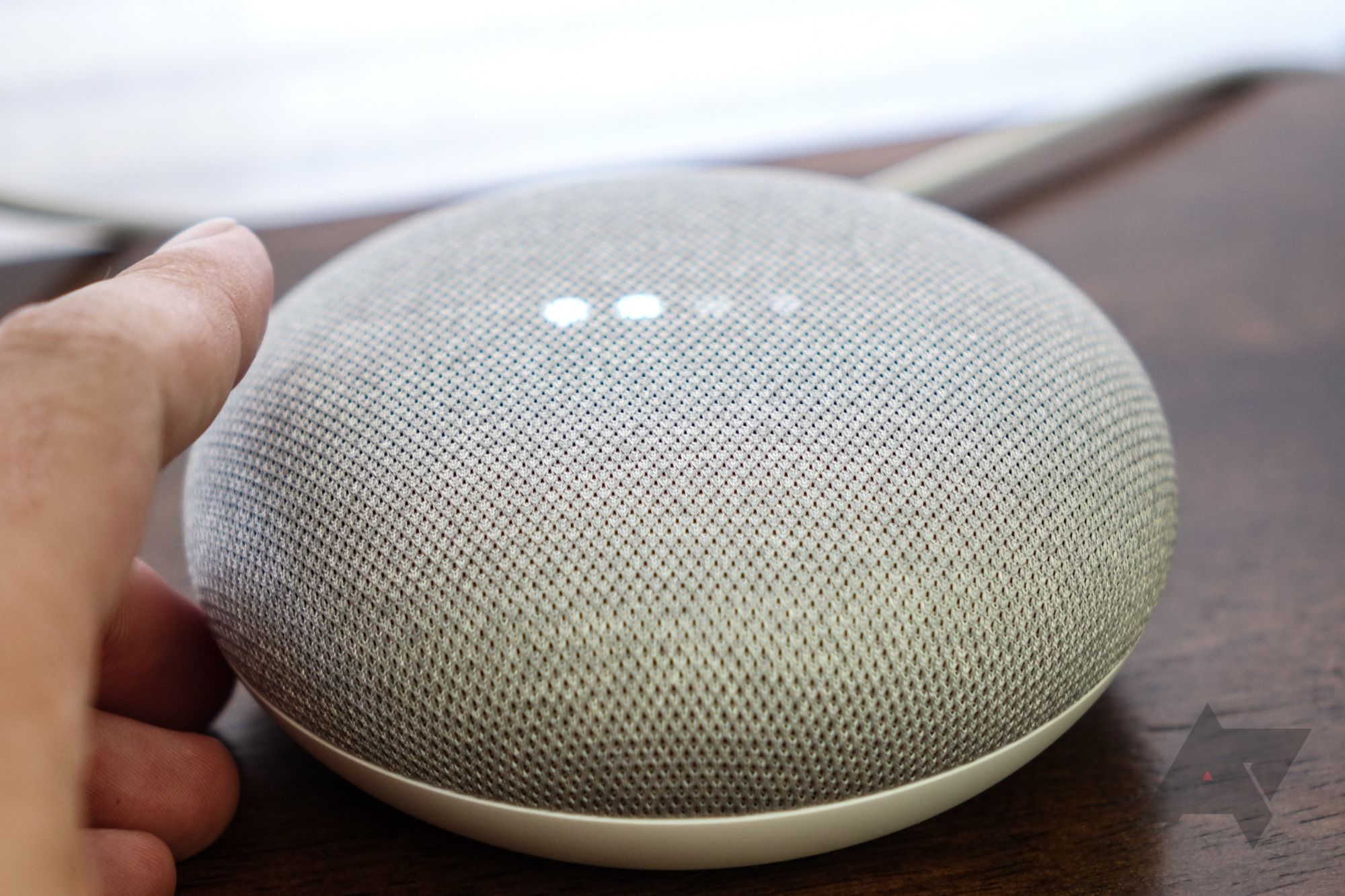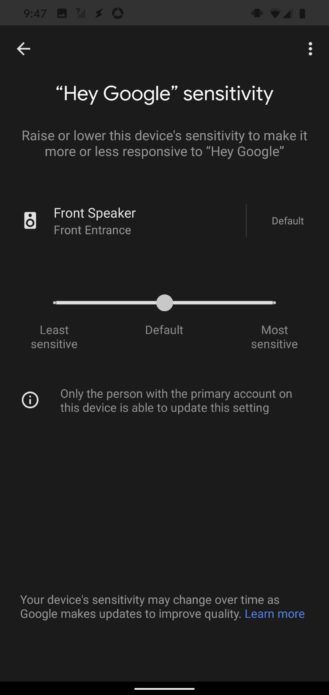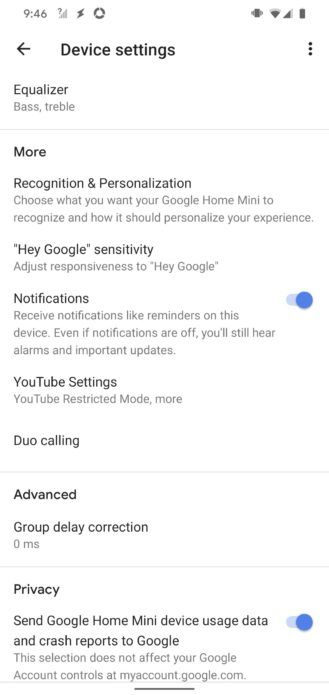Read update
- Rolling out gradually
There's still a little bit of magic every time you say "OK Google" and all your smart speakers, displays, and Android handsets line up to respond with a cacophony of lights and buzzes. But while that makes for a fun little display, sometimes we wish that all these smart devices weren't so sensitive, and that things like Google Home were better about knowing when you were talking to them in particular. Thankfully, it looks like a new "Hey Google" sensitivity setting is about to arrive, letting users control how responsive they want their devices to be.
Back in early fall, Google announced that it would be adding a way to adjust the hotword threshold for Assistant devices, both to avoid unwanted triggers, but also to allow users to increase sensitivity for better operation in noisy environments. That sounded great, but all we had at the time was Google's word that the feature would arrive "soon."
While this setting still isn't publicly live, XDA's Mishaal Rahman is now able to trigger the feature manually, and shared the first screens we've seen of these controls:
In addition to smart speakers, Rahman notes that the sensitivity slider will also be available for smart displays.
We have yet to receive any reports about how well this new control actually works at getting devices to reject unwanted "OK Google" prompts, but we're hugely curious to try it on all our smart home gear once it finally goes live.
UPDATE: 2020/04/21 1:42pm PDT BY STEPHEN SCHENCK
Rolling out gradually
Well, it sounds like we're not going to have to wait very long at all before we get that chance to adjust hotword sensitivity on all our own Assistant devices.
Google has confirmed in a statement to The Verge that this new setting is beginning to "roll out gradually." We still don't know how long it might take for everyone to start seeing it arrive, nor if there are any regional restrictions at play, but we've reached out to Google for clarification.
UPDATE: 2020/04/21 3:02pm PDT BY STEPHEN SCHENCK
Google response
We've heard back from Google, and the company largely just confirms what we've already reported. As you've probably picked up on from the screenshots, Google verifies that this sensitivity option will be adjustable on a device-by-device basis, so you can tweak individual speakers or displays as needed to optimize their ability to pick up on hotwords.
There's no full timetable for deployment, but Google says users should begin seeing the option "over the next few days."
UPDATE: 2020/05/04 1:48pm PDT BY STEPHEN SCHENCK
Widely available
After peeking into Home settings day after day, Assistant sensitivity controls are finally showing up. In addition to per-device settings, there's also an overview page where you can see all the sensitivity settings for Assistant devices across your house.
In the time since directly confirming this feature with us, we've also seen Google formally announce its arrival. But in codifying the functionality, Google also points out one of its weaknesses: it's not available on all Assistant hardware. Indeed, on its support page Google clarifies that sensitivity adjustments are only available on most Assistant speakers and displays, and then only in English.
We received a heads-up from reader Peter alerting us to this situation, as he found his own Lenovo Smart Clock unable to access these new controls:
Users having to deal with Assistant feature uncertainty is nothing new, and third-party devices have long been at a disadvantage to Google's own. We'd love to see that situation finally resolve itself for good, but clearly that day is not going to be today.
Source: @MishaalRahman



